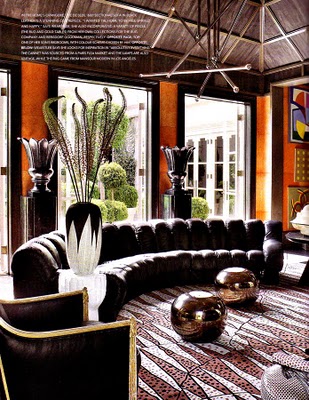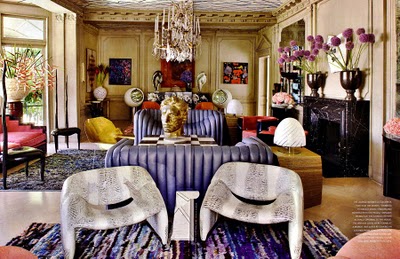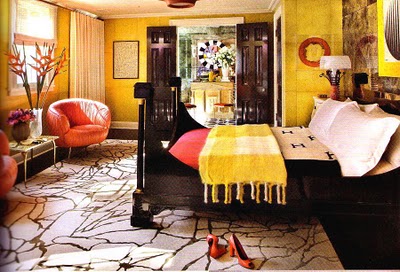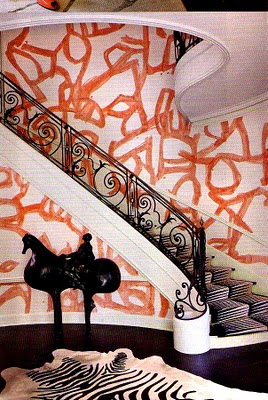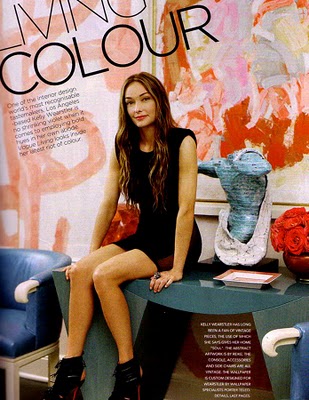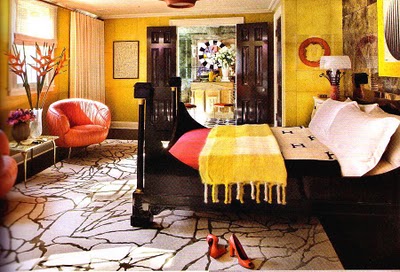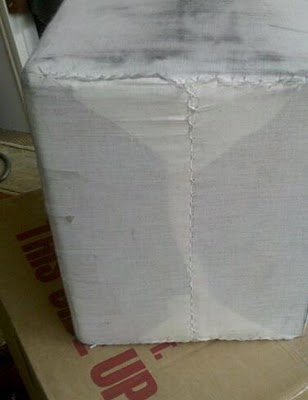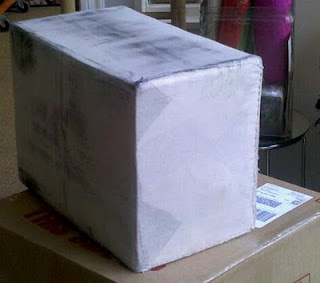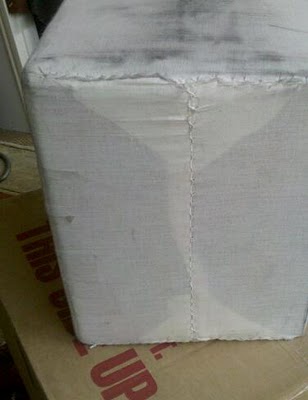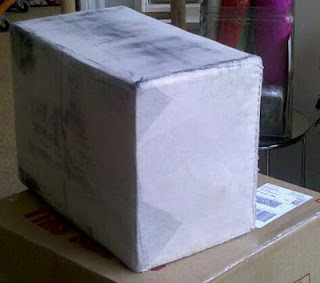Archive for
A walk with American Sociologist Richard Sennet through the West Village. Sennet won the 2010 Spinoza Prize.
“The jury praises Sennett’s work. He has the ability to translate contemporary themes like individualization, lack of orientation and lack of power of modern man into accessible, guiding books. He is focused on superficiality and instability of relationships, and on the effects of power. His early work demonstrates strong roots in his native city Chicago, and his childhood in the infamous “projects.” His books bridge the gap between scholarly thinking and actual applicability…”
In this video interview Sennet says several things that had me take note: “
“One thing about the total ecological crisis that has struck me is…and that has to do with renunciation …with doing with less. Which means that a massive change in people’s cultural attitudes. What’s been in my mind about all of this is different models of sustainablity. We should really be focused on what is unsustainable. What can’t be sustained…”
A walk with American Sociologist Richard Sennet through the West Village. Sennet won the 2010 Spinoza Prize.
“The jury praises Sennett’s work. He has the ability to translate contemporary themes like individualization, lack of orientation and lack of power of modern man into accessible, guiding books. He is focused on superficiality and instability of relationships, and on the effects of power. His early work demonstrates strong roots in his native city Chicago, and his childhood in the infamous “projects.” His books bridge the gap between scholarly thinking and actual applicability…”
In this video interview Sennet says several things that had me take note: “[youtube=http://www.youtube.com/watch?v=DgGI77q2XTk]
To my own tastes I like Ms. Wearstler’s bright white compact building on La Cienega because in the evening the windows of her studio glow— chandeliers like a chimera in my brain–in a flight of fancy. And because on the other side of her building, from my rooftop deck, I can see the lattice fencing on her building’s roof and imagine that’s where her chaise lounges lie.
She is that heroine in our American Story of success that we love in LA: good timing, smart alliances, hard work and get it done. No nonsense. This particular story tends toward a future of luxury and glamor. Age never creeps in, because the shoe is already on the foot. The past is a sentence in a biography that ends with a point to the future: “She currently resides in Beverly Hills, California.”
You may want to take notes. This is the story of the self made. You are not who you are or where you come from; you are where you want to go. Your interior can and will evoke your future. A Brand is a Brand is a Brand. Ms. Stein might have said if she were alive and had taken notes.
Ms Wearstler like all of us here in Los Angeles can become sacrifice to a deity larger than ourselves. Los Angeles is the place to come to remake oneself. It is the mythic move west. This is the story of our parentage; it is one of the stories of America. But it can also be the story of a future that lacks the congruency of the past.
To my own tastes I like Ms. Wearstler’s bright white compact building on La Cienega because in the evening the windows of her studio glow— chandeliers like a chimera in my brain–in a flight of fancy. And because on the other side of her building, from my rooftop deck, I can see the lattice fencing on her building’s roof and imagine that’s where her chaise lounges lie.
She is that heroine in our American Story of success that we love in LA: good timing, smart alliances, hard work and get it done. No nonsense. This particular story tends toward a future of luxury and glamor. Age never creeps in, because the shoe is already on the foot. The past is a sentence in a biography that ends with a point to the future: “She currently resides in Beverly Hills, California.”
You may want to take notes. This is the story of the self made. You are not who you are or where you come from; you are where you want to go. Your interior can and will evoke your future. A Brand is a Brand is a Brand. Ms. Stein might have said if she were alive and had taken notes.
Ms Wearstler like all of us here in Los Angeles can become sacrifice to a deity larger than ourselves. Los Angeles is the place to come to remake oneself. It is the mythic move west. This is the story of our parentage; it is one of the stories of America. But it can also be the story of a future that lacks the congruency of the past.
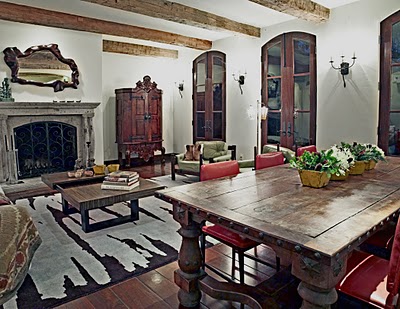
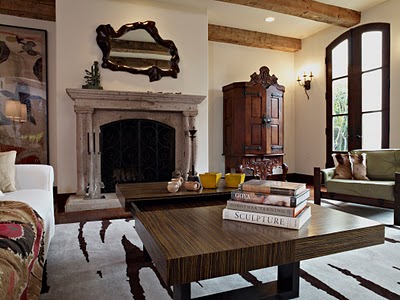
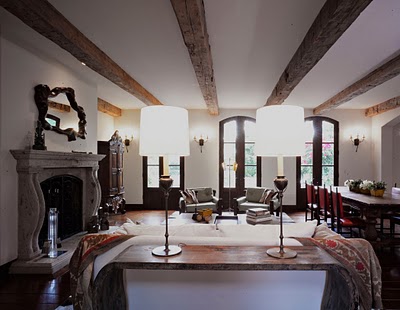
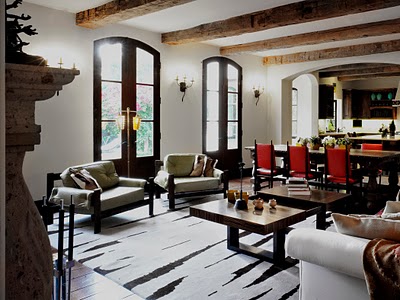
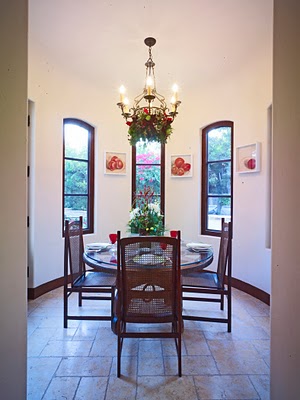
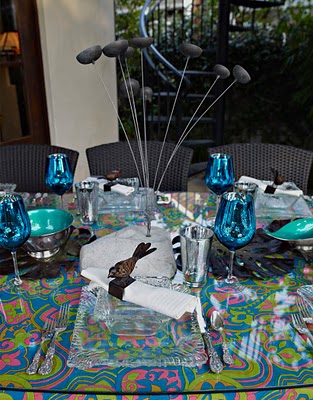
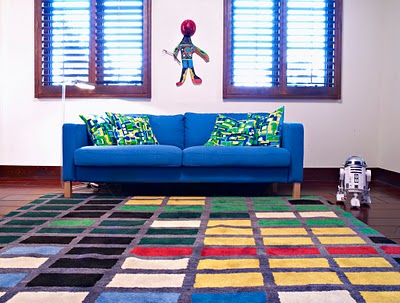
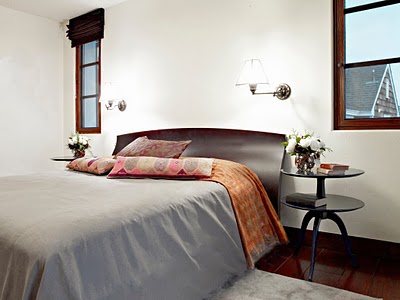
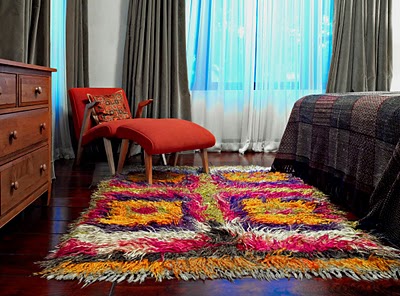 These are shots taken by photographer, Hans Eckardt, at the Pacific Palisades Junior Woman’s Club Holdiay Home Tour House. The Toyopa House was Pontius Design’s first “home show.” You can read about it and the many vendors and people who worked on it with me here.
These are shots taken by photographer, Hans Eckardt, at the Pacific Palisades Junior Woman’s Club Holdiay Home Tour House. The Toyopa House was Pontius Design’s first “home show.” You can read about it and the many vendors and people who worked on it with me here.
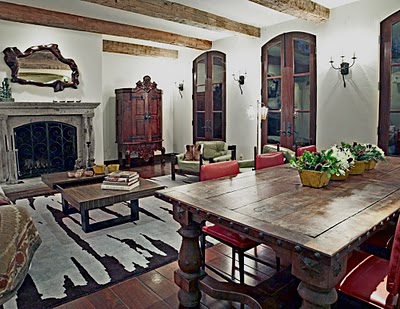
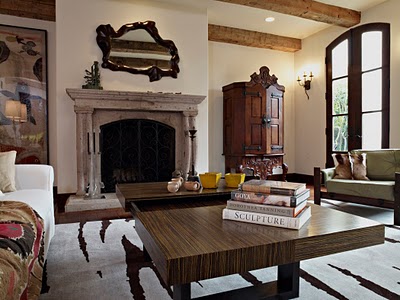
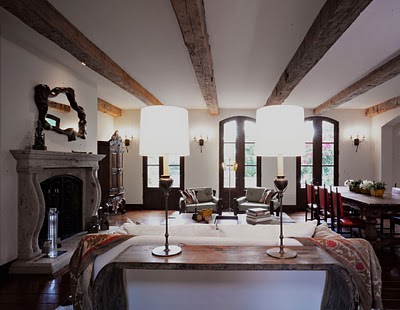
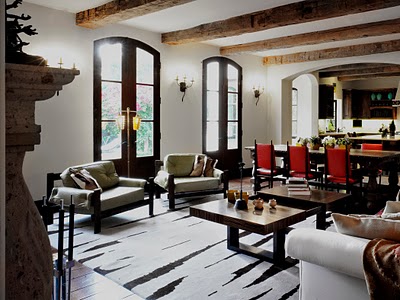
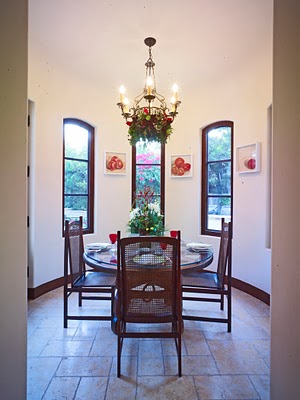
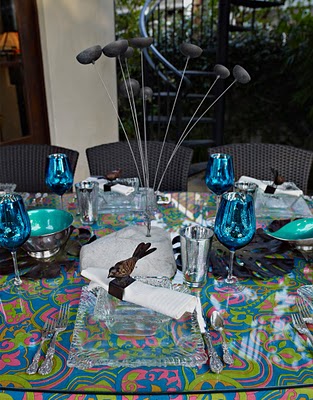
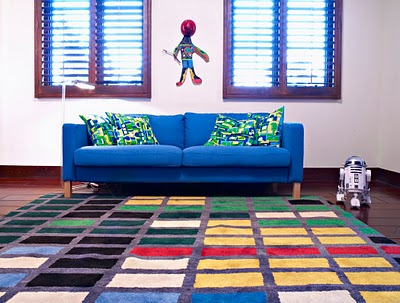
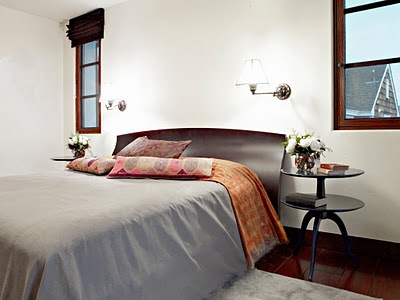
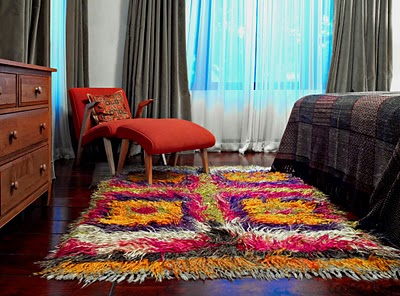 These are shots taken by photographer, Hans Eckardt, at the Pacific Palisades Junior Woman’s Club Holdiay Home Tour House. The Toyopa House was Pontius Design’s first “home show.” You can read about it and the many vendors and people who worked on it with me here.
These are shots taken by photographer, Hans Eckardt, at the Pacific Palisades Junior Woman’s Club Holdiay Home Tour House. The Toyopa House was Pontius Design’s first “home show.” You can read about it and the many vendors and people who worked on it with me here.
 Ornament can be decorative but the decorative is not ornament on it’s own. One thing that is necessary to be called ornament is a unit (ornamental unit) or what can also be called a “motif.” The unit to be manipulated can be as simple as a square or as complex as a flower.
Ornament can be decorative but the decorative is not ornament on it’s own. One thing that is necessary to be called ornament is a unit (ornamental unit) or what can also be called a “motif.” The unit to be manipulated can be as simple as a square or as complex as a flower.
One typically looks to precedent to find these motifs as it has all been done before, more or less. Page through Owen Jones’s the Grammar of Ornament (1856) and find the motifs of many contemporary designer’s affection.
When the unit is dismissed or abstracted to a mere object in space it becomes decoration. Objects can still move through space, just not in the same way. Thomas Beeby in an article titled, “The Grammar of Ornament/ Ornament as Grammar” distinguishes 9 ways in which an ornamental unit can be manipulated. Here they are:
Translation, Rotation, Reflection, Inversion
Translation reflective inversion
slipped reflection alternation
Acceleration, Deacceleration & Figure ground
More specific examples to follow as well as a further exploration of the idea from Kent Bloomer’s book “The nature of Ornament” that ornament works to transform an experience though the imagination to create a simultaneous occurrence between material and form and material and meaning.
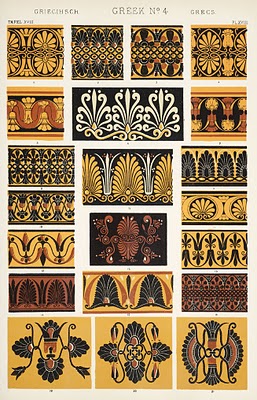 Ornament can be decorative but the decorative is not ornament on it’s own. One thing that is necessary to be called ornament is a unit (ornamental unit) or what can also be called a “motif.” The unit to be manipulated can be as simple as a square or as complex as a flower.
Ornament can be decorative but the decorative is not ornament on it’s own. One thing that is necessary to be called ornament is a unit (ornamental unit) or what can also be called a “motif.” The unit to be manipulated can be as simple as a square or as complex as a flower.
One typically looks to precedent to find these motifs as it has all been done before, more or less. Page through Owen Jones’s the Grammar of Ornament (1856) and find the motifs of many contemporary designer’s affection.
When the unit is dismissed or abstracted to a mere object in space it becomes decoration. Objects can still move through space, just not in the same way. Thomas Beeby in an article titled, “The Grammar of Ornament/ Ornament as Grammar” distinguishes 9 ways in which an ornamental unit can be manipulated. Here they are:
Translation, Rotation, Reflection, Inversion
Translation reflective inversion
slipped reflection alternation
Acceleration, Deacceleration & Figure ground
More specific examples to follow as well as a further exploration of the idea from Kent Bloomer’s book “The nature of Ornament” that ornament works to transform an experience though the imagination to create a simultaneous occurrence between material and form and material and meaning.


